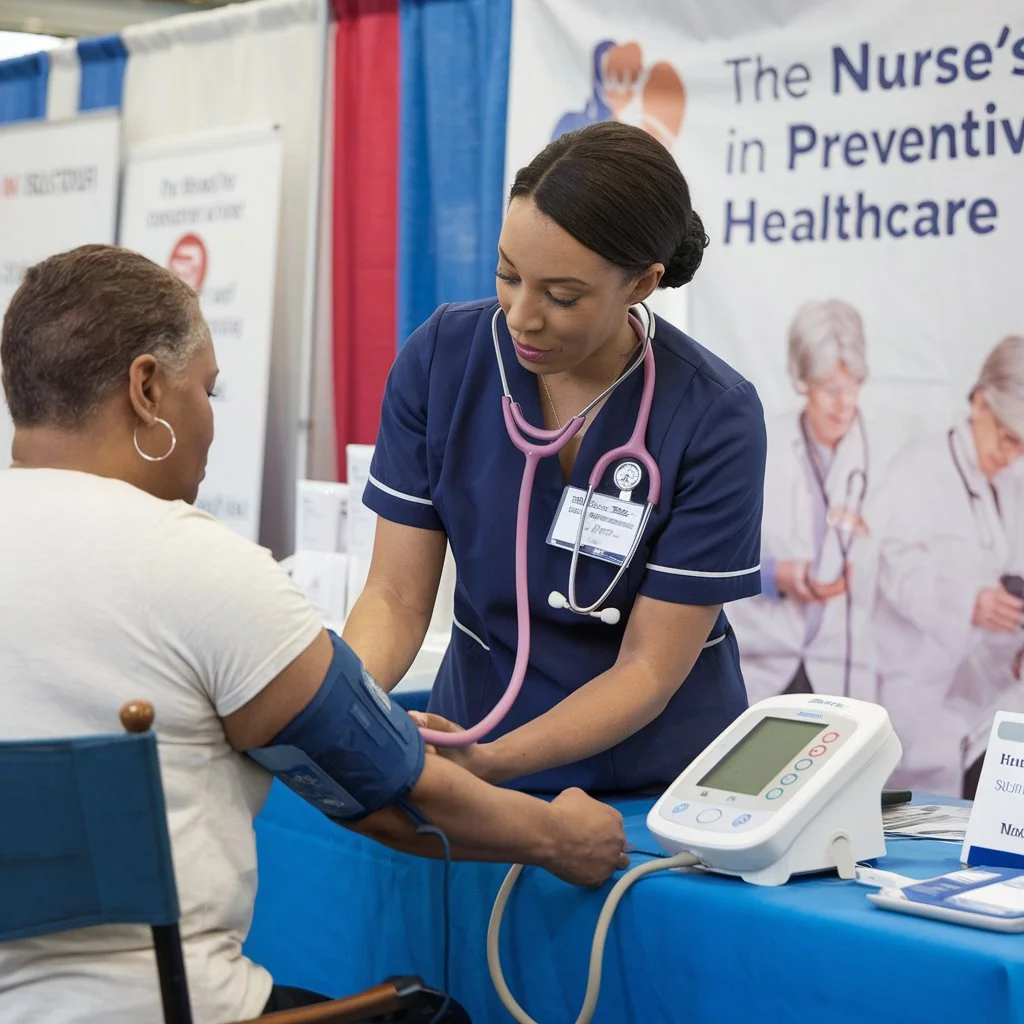Nursing has come a long way from its early days, evolving into a field where patient-centered care stands as a cornerstone of quality healthcare. But what exactly does it mean? Well, patient-centered care focuses on the individual needs, values, and preferences of patients, ensuring they feel heard, respected, and valued. It’s not just about the clinical side of things—it’s about building trust, promoting communication, and ultimately delivering more compassionate care.
Thank you for reading this post, don't forget to subscribe!

In this blog, we’ll delve into why patient-centered care is so essential in nursing, how it benefits both patients and nurses, and actionable strategies for implementing it effectively.
What Is Patient-Centered Care?
At its core, patient-centered care prioritizes the patient as an active participant in their own healthcare journey. Instead of a one-size-fits-all approach, this model recognizes that each patient is unique, with their own experiences, concerns, and cultural backgrounds. Key principles include:
- Respecting patient preferences: Listening to what the patient values most.
- Effective communication: Clear and empathetic discussions about diagnoses and treatment options.
- Collaboration: Working as a team with patients, their families, and other healthcare providers.
- Holistic focus: Considering the patient’s emotional, mental, and social needs in addition to their physical health.
Why Is Patient-Centered Care Important in Nursing?
Nurses are the heartbeat of healthcare systems. Because they spend the most time with patients, they’re uniquely positioned to lead the charge in delivering patient-centered care. Here’s why it matters:
1. Improved Patient Outcomes
When nurses actively engage patients in their care plans, outcomes often improve. Studies have shown that patients who feel heard and respected are more likely to adhere to prescribed treatments, take their medications on time, and maintain follow-up appointments.
- Example: A diabetic patient may be more motivated to follow their treatment plan if their nurse takes time to explain their condition in simple terms and involves them in setting health goals.
2. Stronger Patient-Nurse Relationships
Trust is the foundation of any effective nurse-patient relationship. Patient-centered care builds this trust by making patients feel valued and understood. When patients trust their nurses, they’re more likely to share important information, enabling better care.
- Quote: Florence Nightingale once said, “The patient is not an interruption of our work; they are the purpose of it.”
3. Enhanced Patient Satisfaction
Let’s face it—healthcare can feel overwhelming for patients. Patient-centered care addresses this by ensuring that patients feel supported every step of the way. This improves their overall satisfaction with the care they receive.
- Stat: A study published in the BMJ Open journal found that patient-centered care improves satisfaction rates by as much as 30%.
4. Lower Stress Levels for Nurses
Caring for patients holistically can also benefit nurses. When patients are happier and more cooperative, nurses experience less stress and burnout. A positive work environment benefits everyone involved.
Key Components of Patient-Centered Nursing Care
Delivering patient-centered care requires intention, effort, and the right mindset. Here are some key elements to keep in mind:
1. Active Listening
Ever noticed how a patient’s mood shifts when they feel truly heard? Nurses must actively listen—no interruptions, no assumptions. A simple nod or thoughtful follow-up question can make all the difference.
2. Empathy and Compassion
Putting yourself in the patient’s shoes isn’t just kind; it’s effective. Expressing genuine concern for their pain, fears, or frustrations helps nurses connect emotionally with their patients.
3. Individualized Care Plans
Every patient is different, so avoid cookie-cutter care approaches. Customize care plans based on a patient’s needs, preferences, and medical history.
- Tip: Incorporate the patient’s cultural and religious values into treatment plans whenever possible.
4. Family Involvement
Patients’ families often play an important role in their care. By involving them in discussions and decision-making, nurses can foster a stronger support system for the patient.
5. Patient Education
Empowered patients make better decisions. Spend time educating your patients about their conditions, treatment options, and what to expect during their recovery.
Barriers to Patient-Centered Care
Even with the best intentions, challenges can arise. Common barriers include:
- Time constraints: Nurses are often juggling multiple responsibilities, leaving little time for meaningful patient interactions.
- Staff shortages: High patient-to-nurse ratios can make personalized care difficult.
- Communication gaps: Misunderstandings can occur when patients speak different languages or have varying levels of health literacy.
To overcome these obstacles, healthcare institutions must invest in training, technology, and policies that support patient-centered practices.
Examples of Patient-Centered Nursing in Action
Here are a few practical scenarios that highlight the importance of patient-centered care:
- Scenario 1: Understanding the Whole Picture
A nurse cares for an elderly woman with frequent ER visits due to asthma. Instead of just treating her symptoms, the nurse discovers she lives in a mold-infested apartment, contributing to her condition. The nurse connects her with social services to find better housing. - Scenario 2: A Multilingual Approach
A non-English-speaking patient struggles to explain their pain. The nurse arranges for a medical interpreter to ensure the patient feels understood and included in the conversation. - Scenario 3: Supporting Mental Health
A patient battling cancer mentions feeling hopeless. Recognizing this, the nurse takes extra time to provide emotional support and connects the patient with counseling services.
How Can Nurses Implement Patient-Centered Care?
If you’re a nurse (or aspiring one), here’s how to make patient-centered care part of your practice:
- Ask open-ended questions: Instead of “Are you in pain?” try “Can you describe how you’re feeling right now?”
- Prioritize self-care: Burnout doesn’t help anyone. Take care of your mental and physical well-being so you can show up fully for your patients.
- Learn continuously: Stay updated on cultural competency, health disparities, and communication techniques.
- Leverage technology: Use patient portals or apps to improve communication and education efforts.
Final Thoughts
Patient-centered care isn’t just a buzzword; it’s the backbone of effective, compassionate nursing. By treating patients as partners rather than passive recipients of care, nurses can improve outcomes, strengthen trust, and make a real difference in people’s lives.
So, whether you’re a nurse, healthcare professional, or even a patient yourself, remember—healthcare is at its best when empathy, collaboration, and understanding take center stage.
FAQs
Q1. Why is patient-centered care considered vital in nursing?
Patient-centered care ensures that patients are treated as individuals, leading to better health outcomes and greater satisfaction.
Q2. What are some strategies for implementing patient-centered care?
Active listening, educating patients, involving families, and customizing care plans are key strategies for implementing patient-centered care.
Q3. Can patient-centered care reduce nurse burnout?
Yes, fostering positive patient relationships and reducing conflict can create a less stressful work environment for nurses.
Q4. What role does family play in patient-centered care?
Family members often provide emotional support and additional information that helps personalize the patient’s care.
Q5. Is patient-centered care only about communication?
No, it encompasses respect, empathy, collaboration, education, and meeting the holistic needs of patients.


